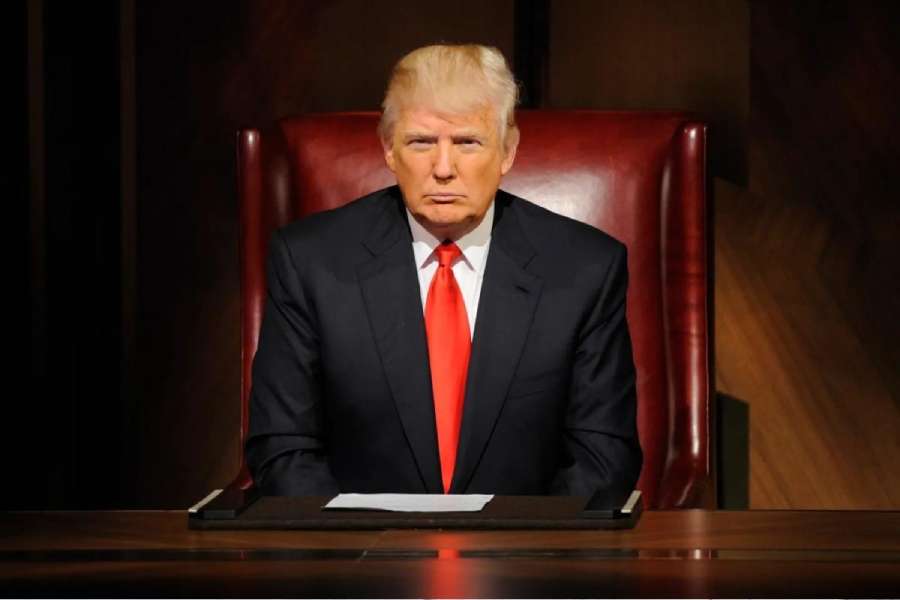Trump’s recent actions, including the new tariffs, are linked to India’s continued purchase of discounted Russian crude oil. This has placed India and Brazil at a significant disadvantage, as they face the highest tariff rates in the U.S. market. While these measures aim to protect U.S. industries, history shows that tariffs ultimately burden the end consumer—American households.
Increase in tariffs disrupt supply chains, raise production costs, and lead to higher prices. Initially, importers and middlemen may absorb some of the additional costs, but eventually, these expenses trickle down to the American consumers.
What’s more concerning is Trump’s plan to use tariff revenues to fund tax cuts and reduce healthcare costs. While this may sound beneficial, it will increase the debt burden and also trigger retaliatory tariffs from other nations, further escalating trade tensions and inflation.
For Indian investors, especially those with exposure to U.S. markets or global trade-dependent sectors, this calls for a cautious approach. Let’s break down the impact and how you should adjust your investment strategy.
Why Tariffs Ultimately Hurt American Consumers
Tariffs are taxes on imports, making foreign goods more expensive. While they aim to boost local manufacturing, they also:
1. Increase Prices – If Chinese electronics or Indian textiles face higher tariffs, U.S. companies importing these goods will pass the cost to consumers.
2. Disrupt Supply Chains – Businesses relying on global suppliers may face delays or higher operational costs, leading to pricier end products.
3. Trigger Retaliation – Countries hit by U.S. tariffs may impose their own, hurting American exporters (e.g., agricultural products, tech).
There are reports that suggest that past tariffs under Trump led to higher prices for everyday items like washing machines, steel products, and electronics. If history repeats, inflation could rise again, forcing the Federal Reserve to keep interest rates high—bad news for stocks and bonds.
The Domino Effect: Tax Cuts Funded by Tariffs & Possible Retaliation
Trump’s proposal to use tariff money to cut taxes and healthcare costs sounds appealing, but it has risks:
Retaliatory Measures – If the EU, China, or India impose counter-tariffs, U.S. exporters (like Apple, farmers, and automakers) could suffer.
Market Volatility – Trade wars create uncertainty, leading to stock market swings. S&P 500 companies with high international exposure may see earnings drop.
Weaker Global Growth – Reduced trade flows can slow economic growth worldwide, affecting emerging markets like India.
For Indian investors, this means:
U.S. stocks (especially exporters) could underperform.
Commodity prices (like oil, metals) may fluctuate due to trade disruptions.
Rupee volatility could increase if global risk aversion rises.
How Should Indian Investors Respond?
While geopolitical risks are unavoidable, smart investors stay disciplined. Here’s how to navigate this uncertainty:
1. Stick to Asset Allocation
Equities: Stay invested but diversify across geographies (India, U.S., Europe).
Debt/FDs: Keep a portion in safer assets to cushion against market swings.
Gold: Acts as a hedge during trade wars and inflation.
2. Focus on Goal-Based Investing
Short-term goals (1-3 years): Prefer debt funds, FDs, or liquid funds.
Long-term goals (5+ years): Continue SIPs in equity mutual funds (especially flexi-cap or global funds).
3. Avoid Overreacting to Headlines
Trade wars cause short-term panic but markets eventually adapt.
Instead of timing the market, focus on systematic investing (SIPs).
4. Watch Sector-Specific Impact
Positive for: Domestic-focused Indian companies (FMCG, infrastructure).
Risky for: Export-heavy sectors (IT, pharma) if global demand slows.
Final Thoughts: Stay Calm, Stay Invested
Trump’s tariff policies may shake global markets, but knee-jerk reactions hurt returns more than the actual events. History shows that markets recover—what matters is staying invested with a balanced portfolio.
If you’re a mutual fund investor, review your asset mix. If you’re a stock picker, focus on resilient sectors. And remember, the best response to geopolitical noise is a well-planned, long-term strategy.





